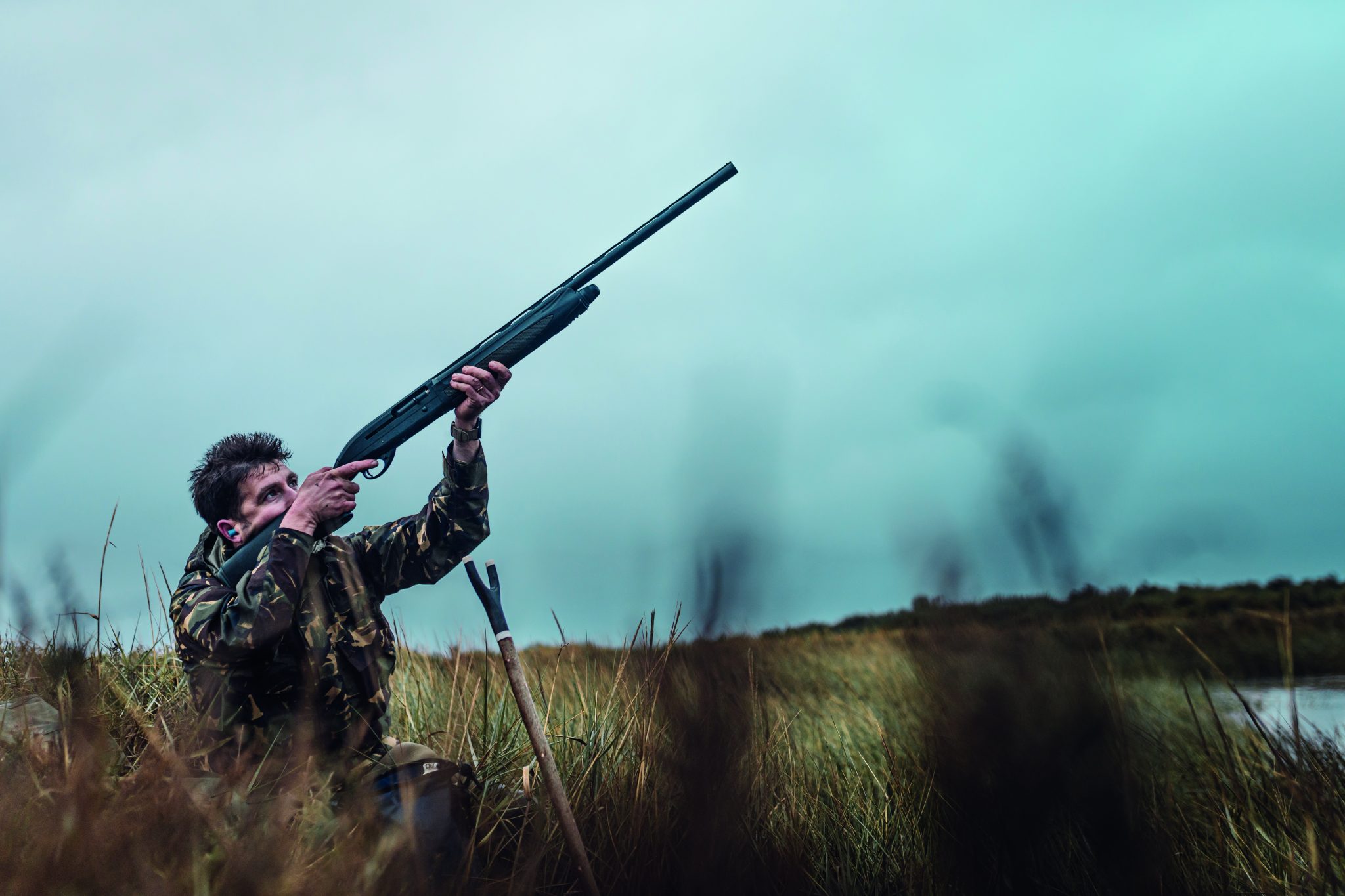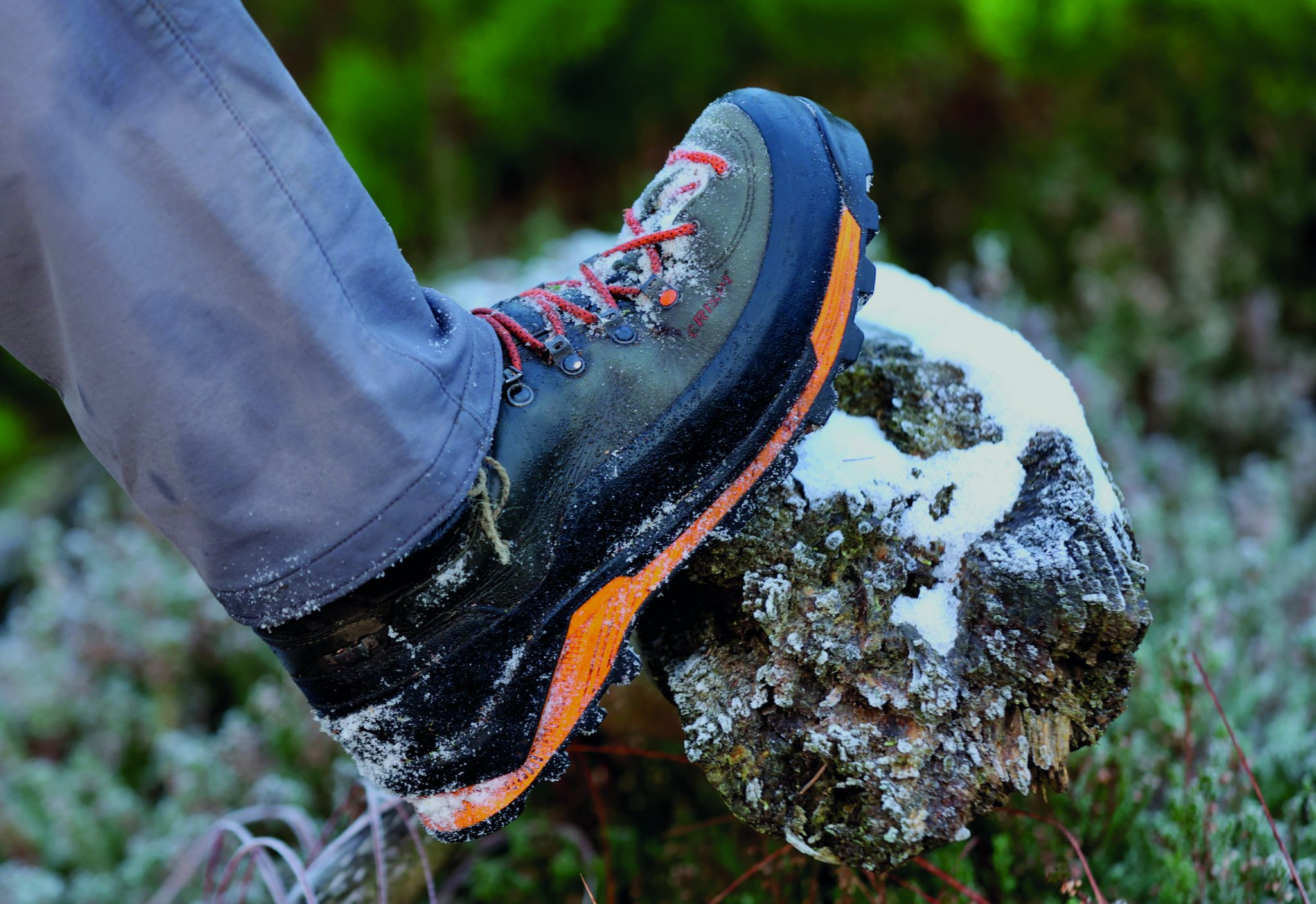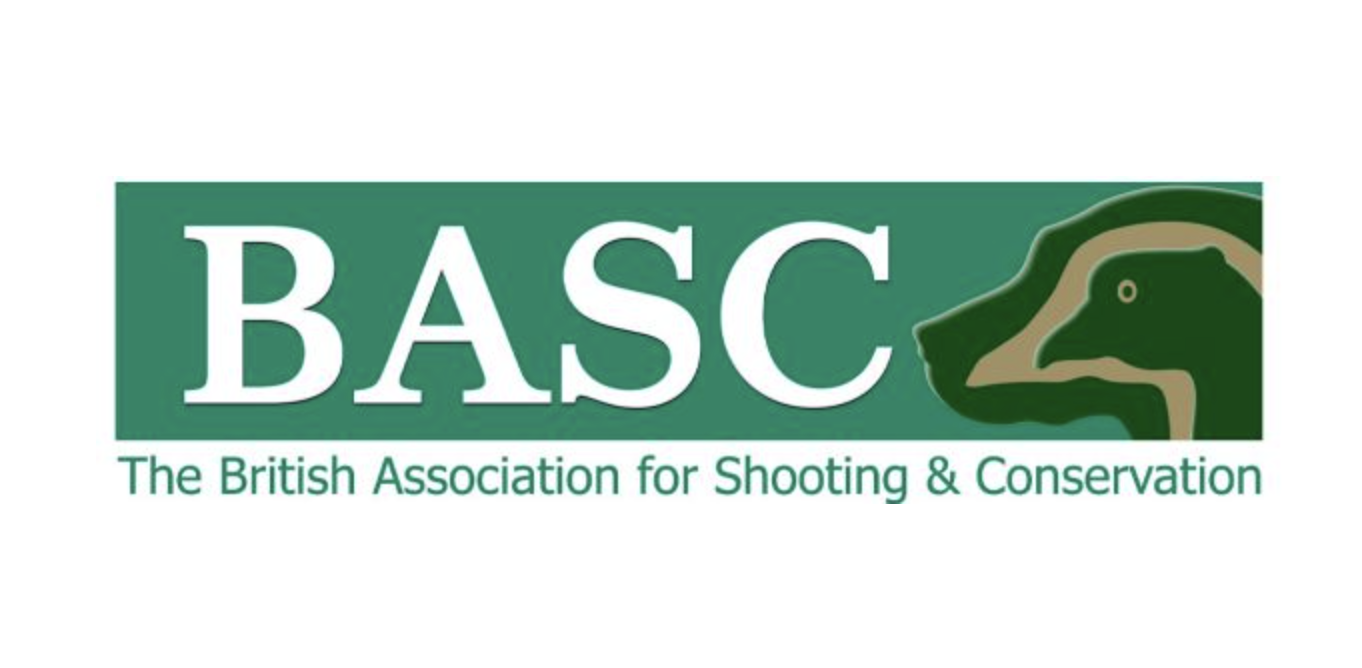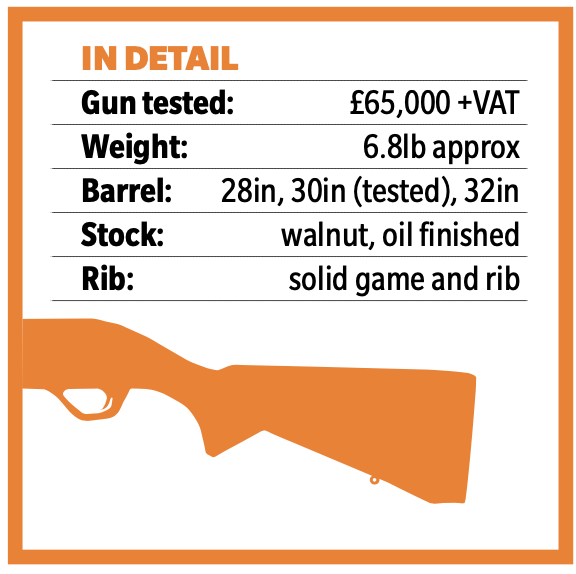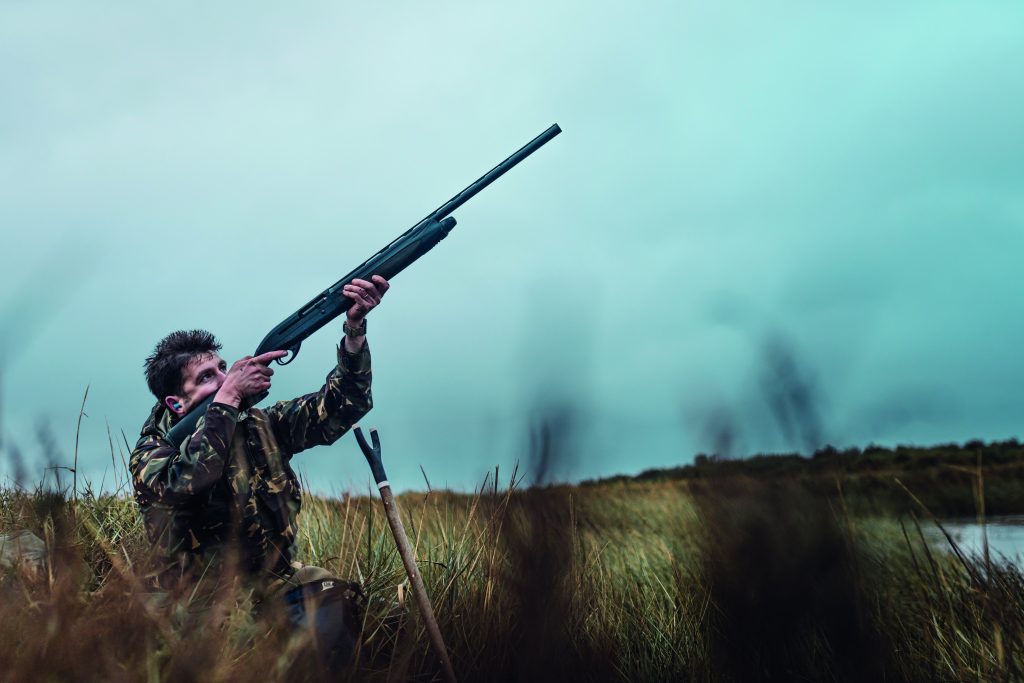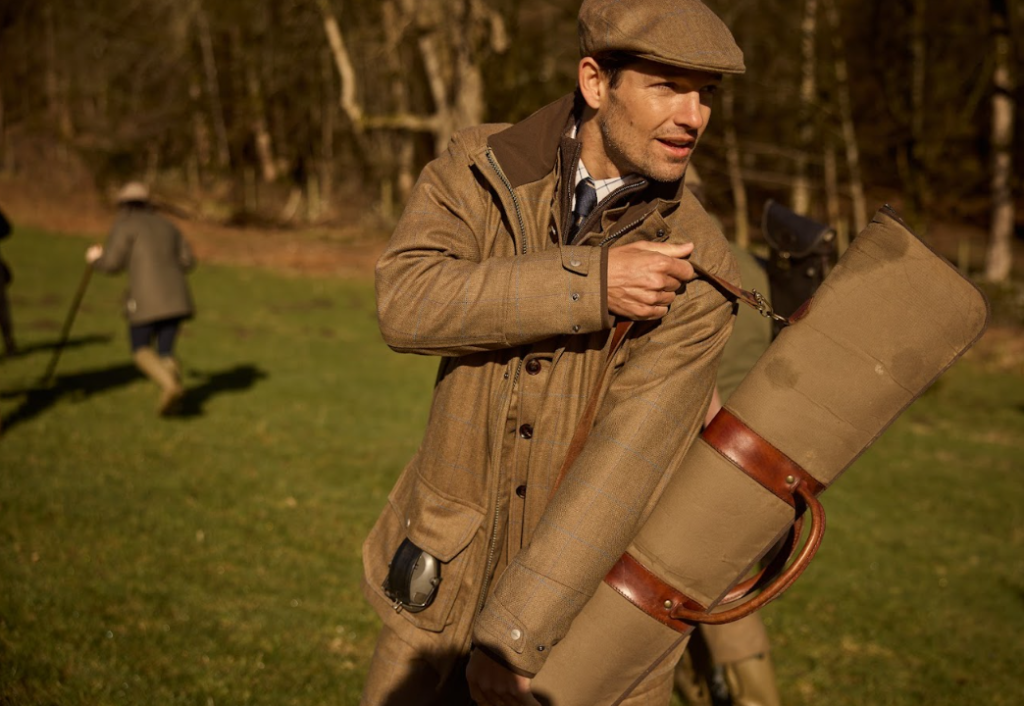Win CENS ProFlex DX5 earplugs worth £1,149 – enter here
Purdey 20-bore Trigger Plate
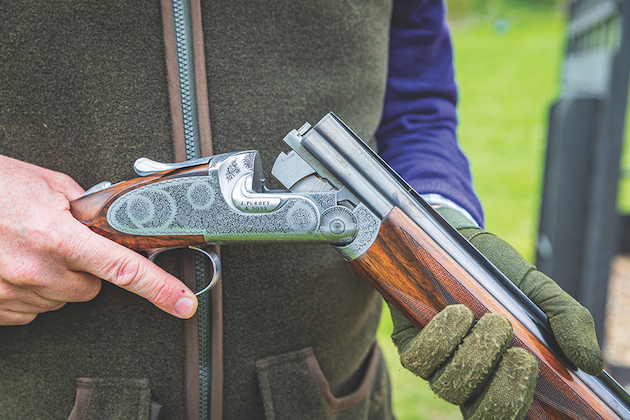 Purdey Trigger Plate 20B
Purdey Trigger Plate 20B
James Purdey & Sons is to shotguns what Stradivarius is to violins and Rolls-Royce is to luxury cars. Even if you know nothing about shooting you will have heard of Purdey, such is its reputation. You couldn’t be blamed for thinking this quintessential gunmaker would rest on its laurels and be thoroughly traditional.
The Purdey 20-bore Trigger Plate
I certainly did, but in recent years the London gunmaker has brought out various innovative shotguns, such as the Purdey 20-bore Trigger Plate over-and-under. Traditionalists might have thought Purdey would be more at home with sideplate side-by-side game guns, but no, this well-established gunmaker is still at the forefront of shooting technology. So can the latest version of the Trigger Plate – tested here for the first time in 20-bore – live up to my expectations?
Prototype
I was given the honour of being only the second person in the UK to shoot the prototype of the new Trigger Plate over-and-under at The Royal Berkshire Shooting School. I must point out that as a prototype the engraving on this particular gun was done by machine just to give an impression of what the final version of the gun will look like. On the production model the engraving would be bespoke to your specification. Everything else on the shotgun is more or less as it would be on a finished gun.
The high-quality walnut is oiled and the gun has a satin finish. The heel has a chequered butt or rubber recoil pad and the barrels are deeply blacked. The prototype had a coin finish, but you have a choice between that and a colour case-hardened finish. This colour case hardening is done in the proper way, with charcoal, bone and even leather added to the secret formula that is known only to a few select specialists, rather than with modern chemicals.
Of course, if you bought a Purdey shotgun you would be able to set it up to your own requirements, choosing the wood, the finish, the engraving, length of barrels, chokes, rib and so on.
Alastair Bowles, from Purdey’s gunroom, says you can even specify a double trigger if you so wish. Naturally, the gun would be fitted for you and the whole process would take around 18 months, with all the work being carried out by expert craftsmen at Purdey’s state-of-the-art Hammersmith workshop.

Guns will be hand-engraved to order
Totally English
James Bryan, the aftersales service manager at Purdey, is keen to stress that this is a totally English shotgun. “Everything is made in our London workshop from start to finish on this gun. The only thing we buy in is the walnut and we get the colour case hardening done, if required, off site.”
However, the dropout trigger group or trigger-plate system might seem a relatively modern idea, especially as it only became popular in the mid to late 20th century as CNC machinery came to the fore and was used extensively by companies such as Perazzi and Beretta. However, Purdey’s first trigger-plate gun was made in 1880 and was a side-by-side with decorative sideplates.
Many of you will be familiar with the company’s dedicated trigger-plate over-and-under sporter launched in 2007, a crossover clay and game gun. There have been various iterations of trigger-plate guns, the Trigger Plate in 20-bore being the most recent. Purdey says there was a demand for the smaller calibre and it makes it ideal for both driven and walked-up shooting. Naturally, you could also do some clay shooting with it, but if that was your sport then you would be better going for the 12-bore version of this gun, which was introduced in 2018.
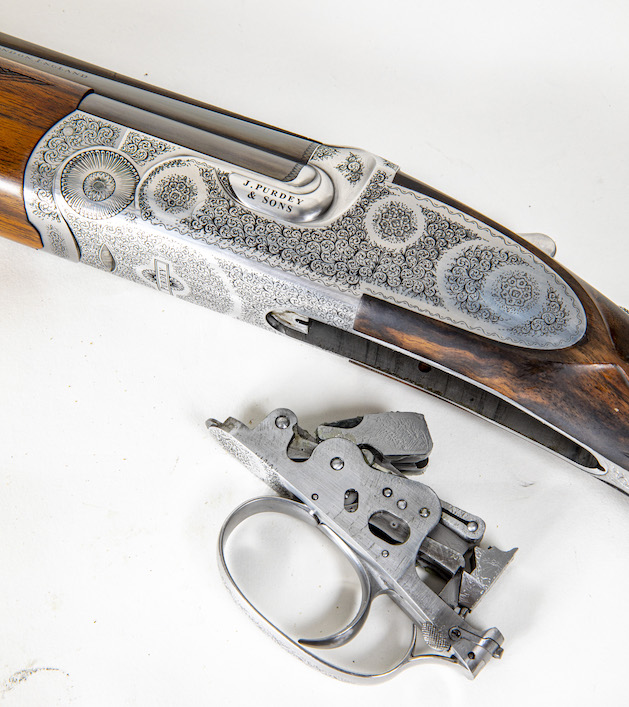
The trigger group can be removed easily for cleaning and repair
Advantages
Trigger-plate actions have several advantages. First, they are easily accessible for cleaning. The benefit of this will become immediately apparent if you have been shooting all day in the pouring rain. By pressing the release catch near the trigger guard the action can be removed quickly and dried. A quick wipe with paraffin and some judicious oiling and the mechanism is ready to be returned to the gun. The removal of this trigger-plate action is more user friendly than on some guns I’ve tested.
The second advantage is that you might want to buy a spare trigger group, so that if a V-spring breaks you can replace the action easily and continue shooting. If you are on a big game day, this ensures that your day isn’t ruined. General maintenance is also made easier with this type of set-up.
Giving it the ‘V’
Like most Purdeys, the Purdey 20-bore Trigger Plate is powered by V-springs. These are said to give a better ‘feel’ when pulling the trigger. They also tend to give a quicker locktime – the time it takes from pulling the trigger to the firing pins detonating the cartridge – which means your shot reaches the target sooner. A downside of using such springs is that they tend to break more easily than coil springs, hence the shot counter in the butt of this shotgun that enables a gunsmith to replace the mainspring before it breaks. Also, V-springs can be changed much more easily than coil springs.
There was a non-selective trigger on the gun I tested, which means you have to have a double trigger fitted if you want any choice about which barrel to shoot first.
There was a solid top and mid rib on the prototype – you can have ventilated ribs if you wish. After all, Purdey has been making ventilated ribs since the 1920s. The rib was elegant and slightly raised, so you don’t lose connection between the muzzles and the target.
The test gun had a 30in barrel, but they range from 28in to 32in. There is also a choice between 2¾in and 3in chambers, although it is unlikely you will be shooting high pheasants with a 20-bore.
Naturally, the barrels are proofed for steel and they are also finished with Teague chokes. I asked Alastair from Purdey if the barrels would be affected by the use of steel shot: “It will wear them more than lead because steel shot is a harder material, but a gun like this won’t wear out through normal use. Everything can be repaired and maintained. It’s only through serious misuse that guns become unrepairable.”
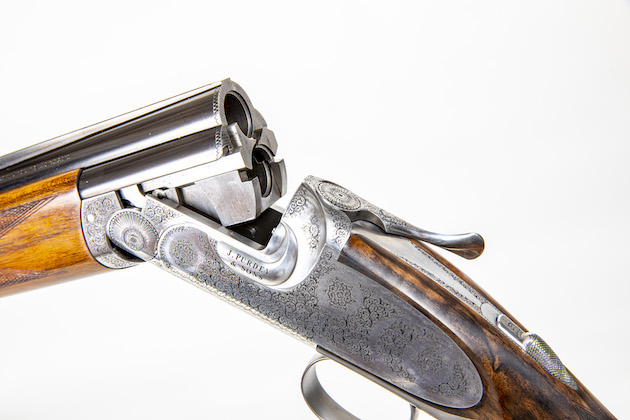
A wide gap made it easy to place a cartridge in the bottom barrel
On target
I had sky-high expectations of this gun. At just over 6lb the Purdey 20-bore Trigger Plate sits in the middle when it comes to the weight of a 20-bore. When the gun is in the shoulder it seems weightless as it balances around the hinge pin.
Luckily, the prototype I was testing had a stock that fitted me well and I felt right at home with the new gun. The neck of the stock wasn’t as much of a ‘handful’ as, say, a Browning and the fore-end was pleasingly slender as well. It had what I would describe as a mixture of the magic-wand feel of a traditional side-by-side with the slightly chunkier feel of a modern over-and-under. I would say it offered the best of both worlds.
Nigel Muir at the Royal Berkshire gave me some easy targets to begin with. I soon smashed the first couple of driven clays that came my way. Recoil was very well managed, which was partly down to the good fit of the gun and the gun’s geometry. With a 20-bore you should also be aware that putting a weighty load through it will result in as much recoil as a 12-bore and won’t help you hit anything. Best stick to fairly light-load cartridges because the 20-bore doesn’t have the heft of a 12-bore to soak up recoil.
The V-springs really did make for a better feel when it came to pulling the triggers. I was once told by a gunsmith that an average shooter is unlikely to notice the refinement of this type of flat spring offers. However, to me it just felt right.
Emboldened by my success I tried some more challenging targets. A long crosser came my way and I missed it with both barrels. After trying once more I hit it with the first shot, but had already pulled the trigger again because it took so long for the first shot to reach the target. “That’s because the target is at extreme range,” said Nigel.
The Trigger Plate is a culmination of years of gunmaking expertise and you feel that as soon as you pick up the gun. There is no escaping the fact that the only bad thing about this gun is the price. It is the ultimate gun and, as Henry Royce once said: “Strive for perfection in everything you do.” He also said about his cars: “The quality will remain long after the price has been forgotten,” and that applies to this new gun, too.
Editor’s verdict
Purdey has created something near a masterpiece in the Purdey 20-bore Trigger Plate. As you would expect, it is beautifully made in London by craftsmen and women. All that Purdey knows about gunmaking has been rolled into this shotgun. It combines the best of the old with the best of the new to create something that is truly stunning. If you have a spare £65,000 plus VAT, you won’t regret spending it on this gun.
Scores on the doors
- Build quality 25/25
- Handling 25/25
- Styling 25/25
- Value for money 23/25
Related Articles
Get the latest news delivered direct to your door
Subscribe to Shooting Times & Country
Discover the ultimate companion for field sports enthusiasts with Shooting Times & Country Magazine, the UK’s leading weekly publication that has been at the forefront of shooting culture since 1882. Subscribers gain access to expert tips, comprehensive gear reviews, seasonal advice and a vibrant community of like-minded shooters.
Save on shop price when you subscribe with weekly issues featuring in-depth articles on gundog training, exclusive member offers and access to the digital back issue library. A Shooting Times & Country subscription is more than a magazine, don’t just read about the countryside; immerse yourself in its most authoritative and engaging publication.



